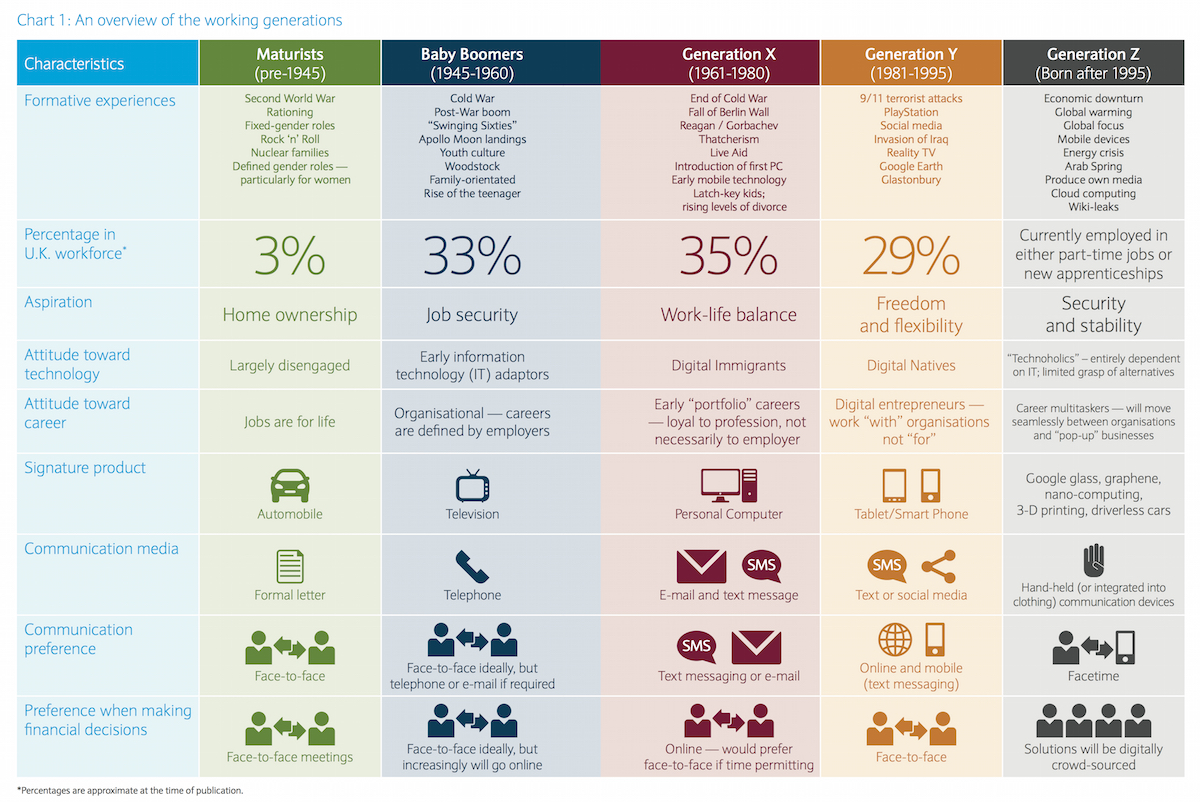Manufacturing’s next big challenge!

In the world of manufacturing, dynamic change is nothing new. The rate of that change though continues to accelerate and create greater stress and pressure. Currently many manufacturers are dealing with the following and more:
· Customization
· Immediate gratification
· Low cost / international pressures such as tariffs
· Talent shortage
· Cell manufacturing
· Supply chain disruptions
· Material shortages
So, what is a manufacturing executive leader to do? How do they adapt?
While the answer is both complex and simple; the transition is arduous.
In today’s world, long-term thinking is becoming foreign. It was not long ago that Jim Collins and others were encouraging companies to have BHAGs (Big Hairy Audacious Goals). The idea being to reach for the stars, sort of speak. Drive your team to think big, bigger and biggest! The idea was to work for the long-term with a relentless sense of urgency similar to the race for the moon. Unfortunately, most of today’s workforce does not remember the Apollo moon landing or the fervor around it.
Let’s examine the demographics facing most manufacturing companies today. Leadership is experienced well educated and primarily of the baby boomer generation. Other management levels are populated with generation X, Y, Z. The chart below shows you some of the differences between generations.

Graphic from fourhooks.com.
Now let’s look at what the consumer is desiring; maximum features, customizable, immediate availability, low cost, minimalistic aesthetics, etc. How can a manufacturer begin to manage these demands while investing in factories and equipment in the millions of dollars? The short answer is actually quite simple; THEY CANNOT DO THAT. So now what do they do? Each manufacturer must look deeper in the mirror and refine their value proposition. What makes them special? How do they set themselves apart? Who are they? Once they have this clearly defined, they must commit to becoming a GECKO. A gecko has no eyelids so it does not blink, it can change color to adapt to its surroundings and is a very quick strike. Let’s look at the acronym:
G –Generationally aware!
E – Energetic (enthusiasm and passion filled)
C – Competitive – highly
K – Keenly aware of surroundings
O – Opportunistic
Taking the organization in this direction means that factories, organizational structures, supply chains and more will need to adapt. As an example of thinking like a GECKO, a manufacturer should examine the purchase of a new piece of equipment not from a straight cost to produce X product standpoint. Rather they should look to understand can it produce product X as well as products Z, W, B, C and what ease of adaptability it has. Given that added flexibility, we have addressed the ability to be opportunistic, and keenly aware that things change. Additionally, GECKOs examine how the workforce does work. Generational awareness looks to provide added flexibility in hours and shifts; we must be open to individuals even having more than one supervisor as those shifts may not align or even working without a supervisor the whole shift.
In general, an organization that can think out of the box, devise unconventional solutions and energetically implement them, is following the GECKO approach. What happens when your competition becomes a GECKO? Don’t wait to find out!
SPC Consulting provides executive coaching and organizational guidance addressing strategy, culture, and business processes. We strive to offer new perspectives and solutions. Discover the possibilities; contact us today.


